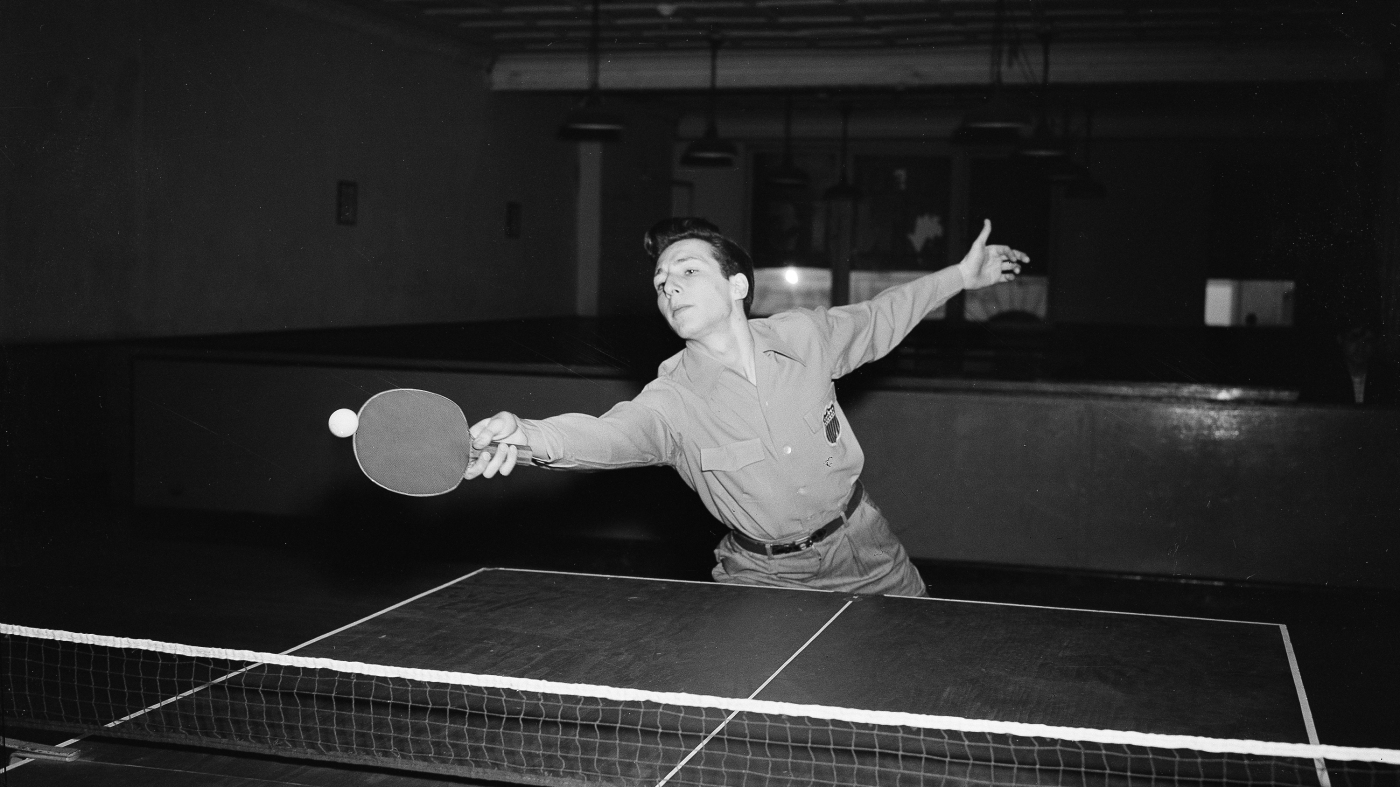With 2026 just a week away, millions of Britons are wondering how to make it their healthiest year ever—including fitness guru Joe Wicks.
The 40-year-old became a household name during the coronavirus lockdowns when he became the ‘Nation’s PE Teacher’ by sharing daily workout videos which got the whole family moving.
But despite his association with—and love of—exercise, his top wellness recommendation for next year is at the other end of the scale… it’s sleep.
Speaking to PA, ‘We often don’t think about how important sleep is.
‘We have routines where we stay up late and we don’t get enough sleep, and so everything feels a bit harder.
‘I think the first thing anyone should really focus on, regardless of your age, is really getting a good sleep routine.
‘Because that allows you the next day to wake up with energy, to exercise, with a bit more willpower with the food and discipline around that.’
The NHS recommends on average adults should get seven to nine hours sleep per night, children should get nine to 13 hours and toddlers and babies should get 12 to 17 hours.
Leading fitness guru Joe Wicks says his first tip for 2026 is making sure you get enough sleep
Consistently failing to get enough shuteye has long been shown to raise the risk of obesity, heart disease and type 2 diabetes.
Meanwhile, getting enough sleep has been shown to boost the immune system, lower stress and improve attention.
It was one of ‘three pillars’ that he said are the most important things to focus on which also included exercise and nutrition.
After you’ve established a good sleep routine, then you can go about building a realistic fitness plan, he said.
‘You don’t have to train five days a week for an hour a day,’ he said.
‘You could do three days a week for 20 minutes and that can be perfect for you, just to kind of keep your mental health in check and keep yourself fit and strong.
He added: ‘And with your food, you don’t have to ban every single ultra processed food and sugar and treat and thing you love to get results.
‘But you do need to focus on home cooking a bit more.
Joe Wicks with two of his four children
Joe shares four children with his wife Rosie, Indie, seven, Marley, six, Leni, three, and baby son Dusty, who is 15 months.
‘So, get in the kitchen, plan your meals, do your cooking, and they’re the things you’ve got to do in January, February, March, all the way through the year.
‘Because unless you can do it consistently, you’re never going to transform or reach your goal.’
He asked, as a father, how can parents with busy schedules can prioritise their health and fitness.
‘You’ve just got to keep drawing yourself back to those key messages,’ he said.
‘If I eat well today and if I exercise, I’m going to sleep better, I’m going to wake up with energy.
‘I’m not going to be irritable with the kids and snappy because I’m really grumpy and I haven’t eaten well and I’m knackered.
‘They’re the mental health benefits you’ve got to keep drawing yourself back to.’
However, he added that while things can go wrong that disrupt your routine, exercise can help you get through it.
‘You are always going to have challenges, there’s going to be stress, kids are going to get ill, you’re going to have redundancies, you might get fired, you might have a relationship breakdown,’ he said.
‘But you’ve always got to remember that exercise can help you through those times. We know it can because it’s an amazing antidepressant. Use it, lean on it.
‘It’s not a thing you have to do, but it is essential for health and happiness, it’s not just about body image.’
The fitness guru will be trying to help inspire people to start 2026 off the right way, in a one-off special on ITV on January 1, Joe Wick’s New Year’s Day.
It will feature quick fire workouts to get people on their feet, recipes and exert wellness and motivation advice.

































